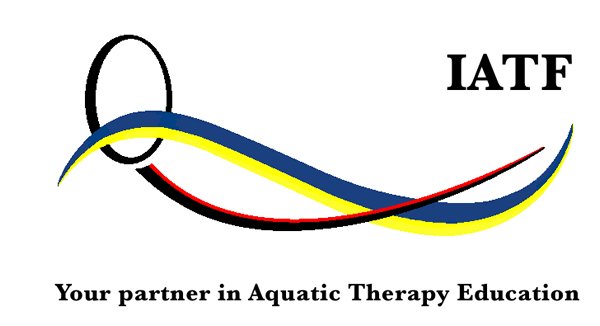Introduction
Stroke is the leading cause of death and disability globally with 116m years of healthy life lost each year to the disease1. Almost 2/3rd of stroke survivors receives rehabilitation, but will experience long lasting problems with independence due to
locomotor problems.
The association IAFT has brought out a new statement about the benefits of the application of aquatic therapy in this particular patient group. In this expert opinion, they have noted an exponential increase in the amount of publications at various levels of evidence. All systematic reviews reported positive outcomes in for the role of aquatic exercise in post-stroke rehabilitation.
Suggestions for the application of Aquatic Therapy in stroke patients:
• choose an appropriate water depth (for patient and therapist). Mostly we saw hip depth, but also 1.50 me or popliteal depth. For walking purposes, water should be between iliac crest and xyphoid. For fast walking, depth should be iliac crest
or even lower.
• Describe dosage and intensity parameters, which might make replication easier in clinical practice and research. To our opinion, many interventions were underdosed, especially when no treadmill was used. By now we know, that brain health intervention “prescribes” aerobic levels at which patients at least get moderately tired, even at the start of the session.
• Strength (intermuscular coordination) training needs high speeds against turbulence, as fast and as hard as you can, which was not described anywhere.
• None of the articles included clearly described perquisites for balance and gait like trunk stability exercises, changing the learned non-use of the affected leg or compensatory training of the non-affected leg.
• Use proper patterns of exercise. Some studies used the Bad Ragaz Ring Method, but pattern description showed significant mistakes.
• Describe kinematic exercise parameters in such a way that they can be replicated.
• Do not use general concepts like sagittal/transversal/longitudinal rotation control.
• What we also missed were activities in which agility, reactive strategies, limits of reaching, obstacle negotiation (apart from 1 trial), executive movement functions, power training for plantar flexors, gait variability. These outcomes are listed in current recommendations for stroke rehabilitation.
